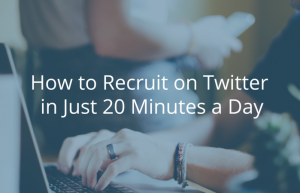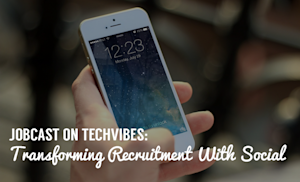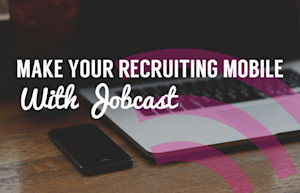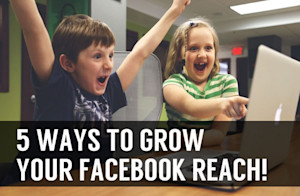August 10
Most companies do not have dedicated social recruiting teams.These companies rely on HR, recruiters, or even just a socially savvy employee to manage their employer brand and run their social media hiring strategy.This is no easy task, especially when you still need to manage all of the responsibilities of your primary job description.If you are one of these ambitious employees, then you can’t afford to spend hours each day on social recruiting. You have other stuff to do!In this post, we’ll look at how, with the right set up and plan, you can manage your company’s Twitter recruiting in 20 minutes per day.Set UpBefore you get started with your daily Twitter recruitment campaign, it’s important to get a solid foundation in p…Read More









